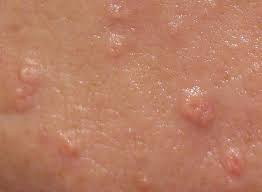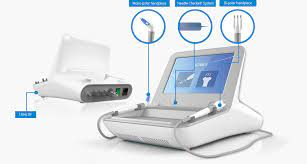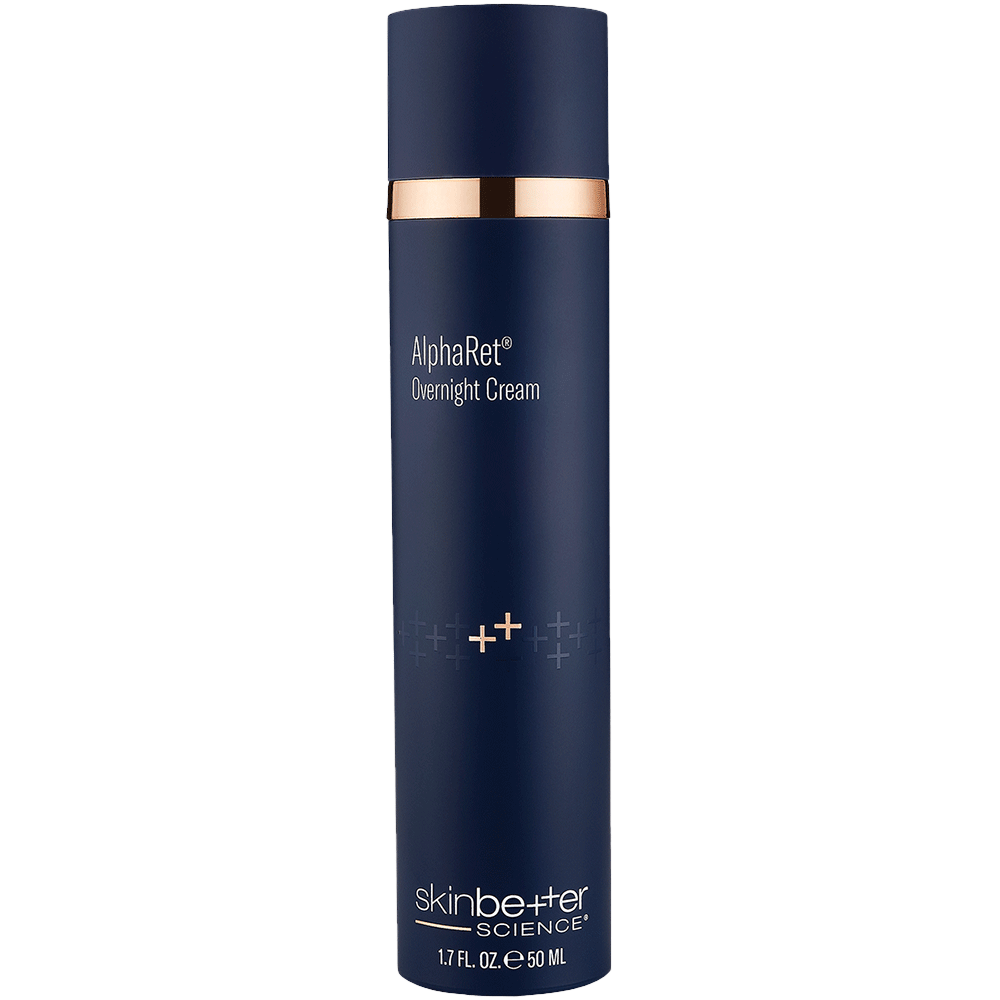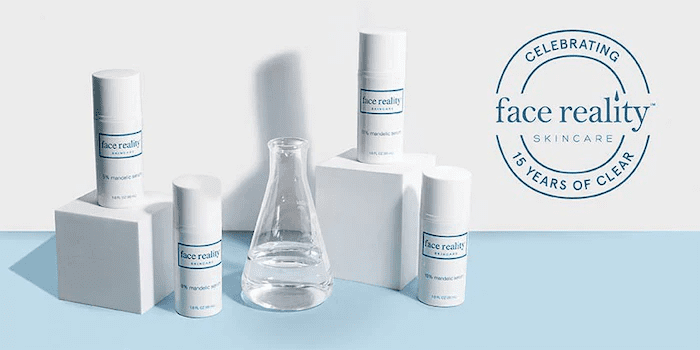What is Sebaceous Hyperplasia?

Sebaceous hyperplasia is a skin condition that manifests as bumps on the skin which over produce oil. The oil from the oil glands then gets trapped under the skin near the hair follicles and causes a raised texture appearance. Sebaceous hyperplasia can be mistaken for acne or skin cancer due to its textured appearance. Sebaceous hyperplasia occurs in oily skin types, middle age, mature skin, and skin that is exposed to the sun for extended periods of time. Sebaceous hyperplasia can look like papules and can often get multiple bumps or sebaceous spots at the same time. They may be spread out or close together Sebaceous hyperplasia bumps can be recognized by their yellowish white color as well at the raised texture. If you have concerns that a spot looks abnormal, you should see a dermatologist to rule out skin cancer as sebaceous hyperplasia bumps can be commonly mistaken for basal cell carcinoma.
Sebaceous Hyperplasia Causes
Sebaceous hyperplasia is caused by an over production of oil in the sebaceous glands near the hair follicles. Sun exposure can worsen the sebaceous hyperplasia over time.
There can also be a genetic component to Sebaceous hyperplasia and people with fair skin or with Muir Torre syndrome are more likely to have this condition.
How can I tell the difference between Sebaceous hyperplasia and basal cell carcinoma?
Sebaceous hyperplasia usually appears as a yellowish color while basal cell carcinoma usually appears as a pink or red color. As with any medical concerns, always consult a medical professional as these may require treatment.
Sebaceous Hyperplasia Treatment
There are a few treatment options along with products that will lessen sebaceous hyperplasia including, Agnes RF, Retinol, Laser (IPL), chemical peels, warm compress, oral medication and Cryotherapy. Seeing a professional to receive a treatment plan is advised. A dermatologist or an aesthetician will be able to guide you to the best treatment options for sebaceous hyperplasia. Avoiding direct sun exposure is important when dealing with sebaceous hyperplasia. applying a sunscreen such as sunbetter spf 70 can help improve this condition.

Agnes RF to treat sebaceous hyperplasia
Agnes Radio Frequency is a treatment that delivers heat energy into the sebaceous glands with a tiny needle to destroy the sebaceous glands. Three to five skin treatments are recommended. The treatment is relatively painless, topical numbing cream is applied prior to treatment.
Laser Therapy to lessen sebaceous hyperplasia
Sebaceous hyperplasia may respond to laser therapy. A laser treatment known as the IPL can also used in treatment for sebaceous glands. Similar to the Agnes RF, heat is triggered into the skin to create a mild wound essentially to stop the production of oil in the sebaceous glands. Pulsed dye laser which is considered laser resurfacing has also been shown to be effective for sebaceous hyperplasia removal.
Cryotherapy to lessen sebaceous hyperplasia
Cryotherapy is an in office treatment performed by a Physician or a Physician’s Assistant. They will “burn” off the sebaceous hyperplasia with liquid nitrogen which causes the lesions to dry up and then fall off. This treatment has potential to leave behind hypo pigmented spots, which is something to be aware of when choosing your form of treatment.
Chemical Peels to lessen sebaceous hyperplasia
Chemical facial peels that contain salicylic acid and trichloroacetic acid (TCA) can help sebaceous hyperplasia regardless of affected area. Facial peel treatments are an in office treatment that are often best when performed in a series. In order to treat sebaceous gland hyperplasia usually a series of four to six in office skin treatments are recommended.
Oral medication to lessen sebaceous hyperplasia
In some cases high levels of testosterone have been shown to affect the sebaceous gland. If testosterone seems to aggravate sebaceous hyperplasia, antiandrogen medications can be used as a systemic treatment to inhibit sebaceous gland activity. Your provider may want to run labs to test hormone levels and circulating androgens. Our Scottsdale office also offers a natural supplement with aromatase inhibiting properties which can also help regulate hormones for those seeking treatment for cosmetic reasons.
Warm compress to lessen sebaceous hyperplasia
One of the most safe treatment methods are warm compresses to reduce sebaceous gland hyperplasia. Warm compress won’t dissolve affected cells completely, however sebaceous hyperplasia treatment may appear less noticeable after using this treatment method. This is a good option for extremely sensitive skin with minimal risks.
Retinol to treat sebaceous hyperplasia

Treatment for sebaceous hyperplasia should be done at home as well, especially if severe symptoms are occurring. A treatment you can be done at home is Retinol. Retinol is Vitamin A, that treats texture, oil production, fine lines, and pigmentation. Starting a medical grade Retinol can really change your skin for the better, along with treating your sebaceous hyperplasia. Retinol is an amazing product for acne forms and skin discoloration as well. We recommend Alpharet by Skinbetter Science to reduce sebaceous glands and for other skin benefits. We offer skin consultations in our Scottsdale office to discuss what topical treatments at home would be best for your specific skin condition.









